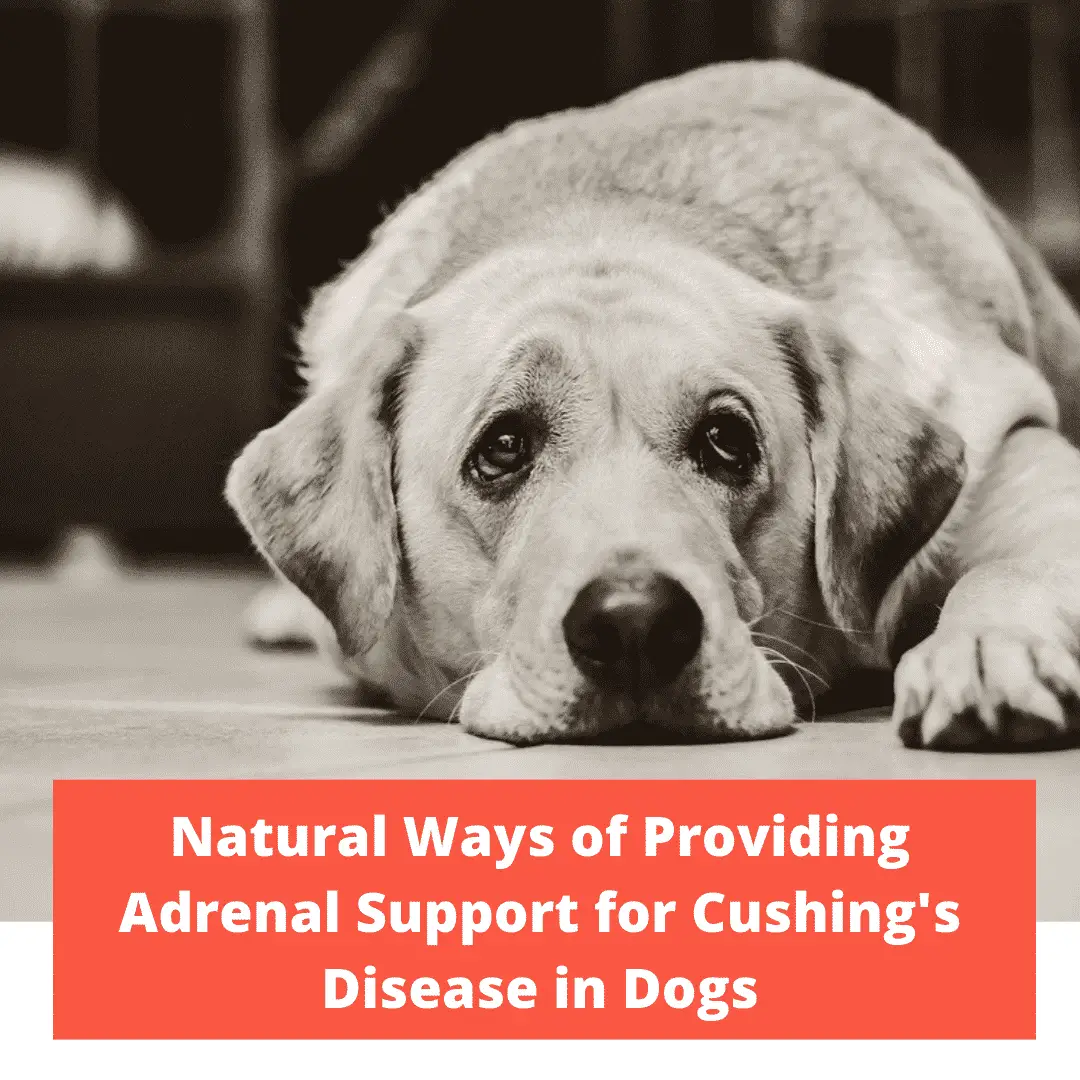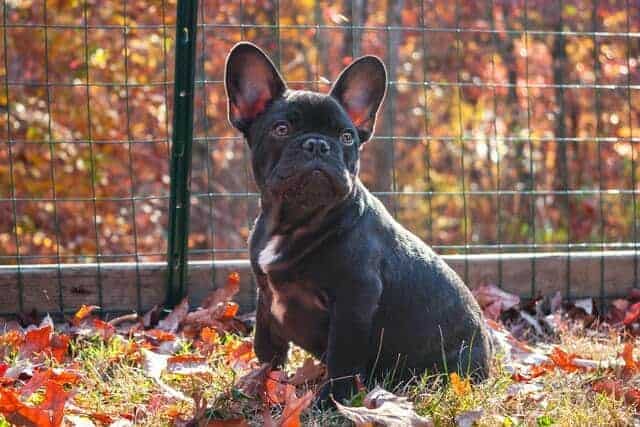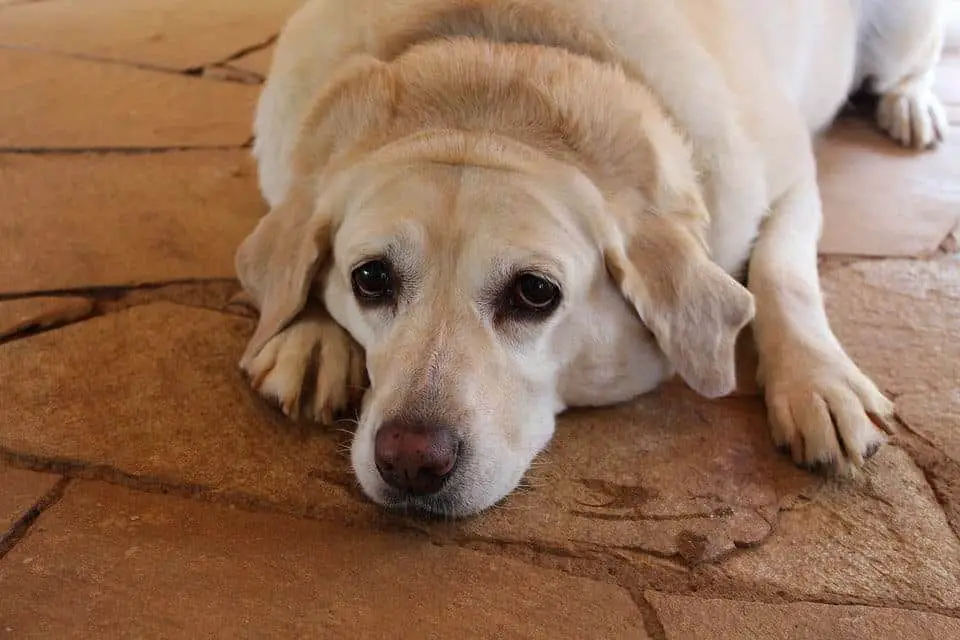Having a pet dog as your family’s trusty and loving companion is one of the best decisions you can make in life. There will be cuddles, zoomies, playing fetch and funny moments galore! But canine care isn’t all sunshine and butterflies since looking after a pet’s health and well-being is huge responsibility.
It is important to understand the implications of having a dog in the house before bringing home your new furry bundle of love. Almost all animals with fur will shed, just as humans leave traces of hair and skin all over the place, so will your new dog. However, there are times of the year that your dog may shed hair worse than others which are often most pronounced in Spring as the weather warms.
Much can be known about the overall health of your dog by the condition of their coat which should be glossy, shiny and not have excessive dandruff or hair loss. Tricks to managing the hair shed in your household, preventing shedding and being aware of what breeds shed more than others, should all help you prepare for your hound’s spring shedding situation.
In this article, we will dive into more detail about why your beloved pooch sheds more hair at particular times of the year and whether you should be worried about the amount of hair that is being shed. We will also offer well-used tricks of dog lovers and a breakdown of useful tools and tasks that can make your life a little easier when dealing with a proliferation of dog hair in your home.
Why does my dog shed more in Spring?

Seasonal shedding is at its peak in both spring and winter times, as both signify dramatic changes in coat density to account for the changes in weather. Spring shedding means that your dog will lose the thick, dense, protective hair that keeps particular breeds warm and protected from heavy winter rain, snow and freezing weather conditions. This is particularly noticeable with Alpine breeds such as a Saint Bernard or winter working dogs such as the Husky. Conversely, winter shedding gets rid of the light summer coat, meant to assist in regulating a dog’s temperature during hot weather to avoid overheating. In breeds that are renowned for having thick, shaggy coats, this is a life-saving evolutionary process.
Seasonal shedding is present in mountain, Artic and water breeds and is called being ‘Double Coated’. You must never clip or shave the hair of these dogs. Despite thinking you may be combating the shedding, this can be incredibly detrimental to the dog’s health. The double coat holds the cold air close the dog’s skin to keep it cool, and protects the pale canine skin from the sun’s harsh rays. Shaving your shaggy dog’s double coat will make them vulnerable to heat exhaustion and sunburn. Shaving will also make a dog prone to additional matting and dreads and result in fur becoming coarse and attracting twigs and seed pods. If you would prefer to have a dog that is less prone to shedding, then we have included a full list further in this article.
Should I be worried about my dog shedding?
All dogs shed, regardless of shape or size, and breed type – shedding is normal and there is no way to completely avoid it. Shedding is a factor involved with dog ownership and must be taken into consideration prior to making the commitment to becoming a forever home for your pooch. If your household is a 100% mess-free zone, then pets are probably not advisable to begin with. However, you may not be able to completely avoid it, but you can make shedding more manageable which we will explain further down in the article. Don’t let a bit of dog hair on your sofa put you off the best pet companionship you and your family will ever have!
If your beloved pooch seems to be shedding lots of hair continuously or has patches of thin or missing fur, this could be a sign of a host of possibilities. Poor dog diet is the easiest to remedy and we go into more detail further down in this article. Stress is a common factor with dogs and should be given serious attention as to the root cause which may be a lack of attention, a change in the home environment or a lack of interaction and/or exercise. Scheduling extra walks and playtime with a frisbee, ball or cuddly toy could be all it takes!
Issues affecting your dog’s wellbeing may not be immediately obvious if your pet is not with you all day i.e. at doggy daycare or at home alone during working hours. Allergies are another factor that can lead to excessive shedding and have similar causes to us humans such as chemicals in shampoo being used, a particular ingredient in their food, seasonal allergies like pollens. Using a process of elimination can work for food and shampoos, otherwise, a vet will most likely need to do a skin test or eliminate more serious medical causes for patchy fur.
Sometimes, shedding can be accompanied by signs of skin irritation and other symptoms of ill health within your dog that you will recognise either in behavioural or physical changes such as lethargy, a warm, dry nose, panting or appearing to be in discomfort. In these cases, do not delay or take any chances, take your dog to your veterinarian and seek medical advice.

What tools and tasks help with shedding?

Brush, brush, brush
Get any loose fur off of your pet before it has a chance to attach to everything in your house by brushing your dog regularly outside. This also conditions the fur by spreading natural skins oils throughout the fur, removing dirt and hair clogs as well as adding shine. Brushing requirements can change through the year, and of course, depending on the type of dog that you have, but this simple step will likely make the biggest difference. The type of brush or comb that is best for your pet will depend on their specific type of fur; a metal bristled rake brush is often best for long-haired dogs whereas a bristle brush is better for shorter fur.
A personal favorite ‘brush’ for shorter coats is the Kong Zoom Groom which doesn’t even look like a traditional brush at all. This tool easily fits in small or large hands and the rubber knobs work like a dream at getting out an astonishing amount of fur. First, vigorously brush in the opposite direction of hair growth, and then turn over the Zoom Groom and scrape the hair off in the direction of natural growth. Dogs generally love the massage and this rubber brush can easily be used during bath time.
Suds it up
While you shouldn’t bath your dog too often, as it can strip their fur of natural oils, you conversely shouldn’t ignore bathing altogether either. A bath can be great for helping to remove dead hair and there are a variety of anti-shed shampoos on the market. While we can’t attest to their anti-shedding superpowers, at least you will have a sweet-smelling pooch. Try to stick to natural ingredients to avoid allergic reactions and adding flaky skin to the shedding issue. If you notice that your dog’s coat has drastically changed for the worse, or they are itching compulsively, then we recommend that you seek specialized advice from your veterinarian.
Check your dog food
Poor quality dog foods often include a lot of fillers and this can result in weakened fur which easily breaks and increases the amount of shedding. Try adding a raw egg and/or full-fat milk to your dog’s diet to boost the nutritional value. Consider changing to a higher quality, specially formulated dog food for your particular pet’s size and metabolism. Alternatively, consider increasing their moisture content by adding partially cooked vegetables like carrots or green beans to their food. Olive oil, flax seed oil and even the oil from your tinned tuna can also help with the condition of your dog’s coat and general well being. These are all pretty unobtrusive dietary change examples, however, if you notice any adverse reactions, go back to your regular routine and seek specialized advice from your veterinarian.
Vacuum
If you get a dog that sheds a lot, and you anticipate for them to be an indoor dog, or if you intend to allow them onto your furniture, then do your sanity a favor and ensure that you first have a good quality vacuum cleaner that has attachments applicable for floors, rugs and furniture. Swiffer type brooms are also fabulous at picking up dog hair from your tile or laminate flooring in no time. With certain dog breeds, you may want to consider unleashing the vacuum on yourself after a cuddle session with your pet but we recommend a generic lint roller which should do the trick. Keep one handy right at your door so that you can give yourself a quick once over before you head out. If you are getting a puppy, it is advisable to familiarize them with the vacuum to avoid any potential anxieties from the noise, as you will be using it often. Another tip is to head to the thrift store and purchase throws for your furniture, have a spare set of fresh ones for unexpected visitors if you are concerned about pet hair transfer onto your guests and again, have the lint brush handy.
One thing that we’ve found that helps keep the level of hair around your home down is to use robot vacuum cleaners. While you will still need to do a proper vacuum of your home these robot vacuum cleaners can help to keep hair under control in the mean time.
What dogs shed the least?
Regardless of what some breeders like to claim, all dogs shed their fur but some just aren’t as prolific of shedders as others. If you have an allergy to dog hair or dog dander, then we recommend that you first test your sensitivities with a particular breed before taking on the responsibility of dog ownership. Dogs that shed less tend to have hair that grows long and therefore requires more intensive (and expensive) grooming. If you are interested in a dog that is less likely to shed, then have a look through the list below:
- Afghan Hound
- Bichon Frise
- Border Terrier
- Boston Terrier
- Brussels Griffon
- Cairn Terrier
- Chinese Crested
- Havanese
- Irish Water Spaniel
- Jack Russell
- Kerry Blue Terrier
- Lhasa Apso
- Maltese Terrier
- Poodle – Standard, Miniature or Toy
- Portuguese Water Dog
- Scottish Terrier
- Shih Tzu
- Schnauzer – Standard or Miniature
- Tibetan Terrier
- West Highland White Terrier
- Wheaten Terrier
- Wire Fox Terrier
- Yorkshire Terrier

What dogs shed the most?

All dogs shed but some certainly shed a lot more than others. In addition to shedding throughout the year, many dog breeds have increased seasonal shedding at which time you will want to up your brushing and vacuuming to a daily, rather than weekly, chore. Many canines with the strongest penchant for shedding are used to living at high altitudes or in frigid climates so it isn’t surprising that they are known to shed once the weather warms up. If shedding doesn’t worry you, then have a look through the list below for some of the dogs most prone to shedding.
- Alaskan Malamute
- Akita
- Beagle
- Belgian Sheepdog
- Bernese Mountain Dog
- Border Collie
- Chow Chow
- German Shepherd
- Great Pyrenees
- Huskitas
- Labrador Retriever
- Norwegian Elkhound
- Old English Sheepdog
- Pomeranian
- Rottweiler
- Shetland Sheepdog
- Siberian Husky
- Saint Bernard
- Welsh Corgi
Conclusion
A dog will love you unconditionally and will also, no doubt, leave traces of their coat all over the place but a dog lover will be OK with that. Regardless, it is still possible to make life somewhat easier with a few helpful hints and tips, which we have provided in this article. There is no way to completely avoid shedding, so helping to minimize the impacts on your home life and cleaning routine is the key to success. Depending on the type of shedding, you may want to seek veterinary assistance to treat a deeper problem. As a loving pet owner, we will happily contend with a bit of dog hair in exchange for a lifetime of doggie cuddles and unconditional love.






